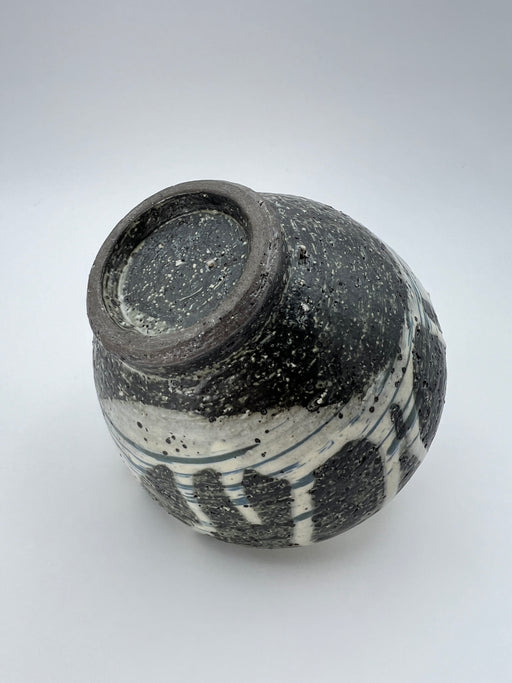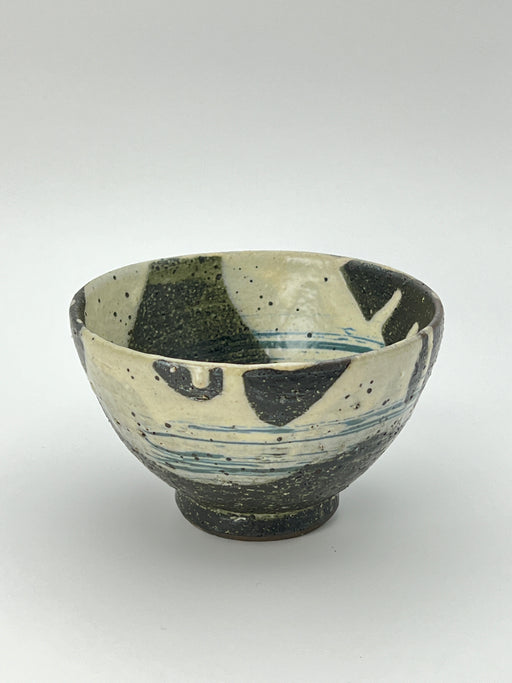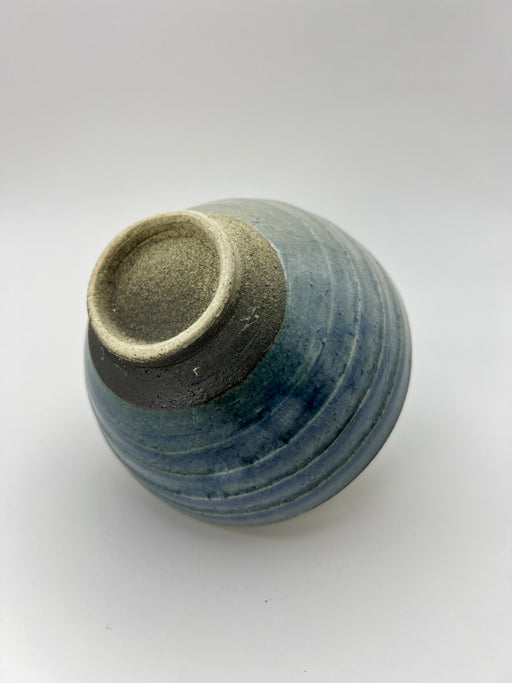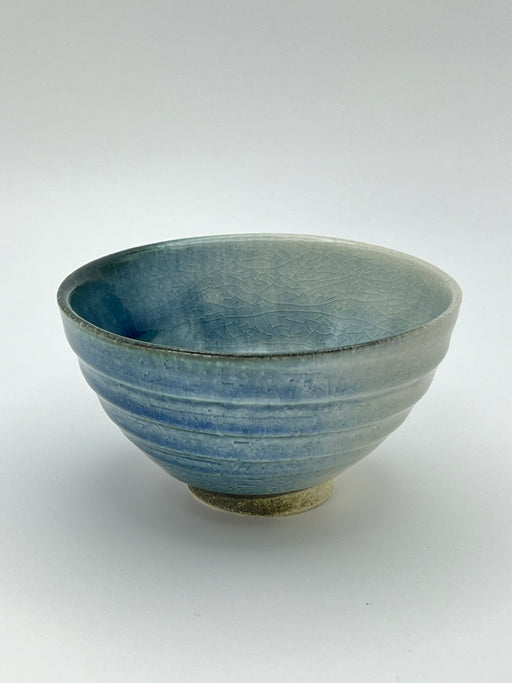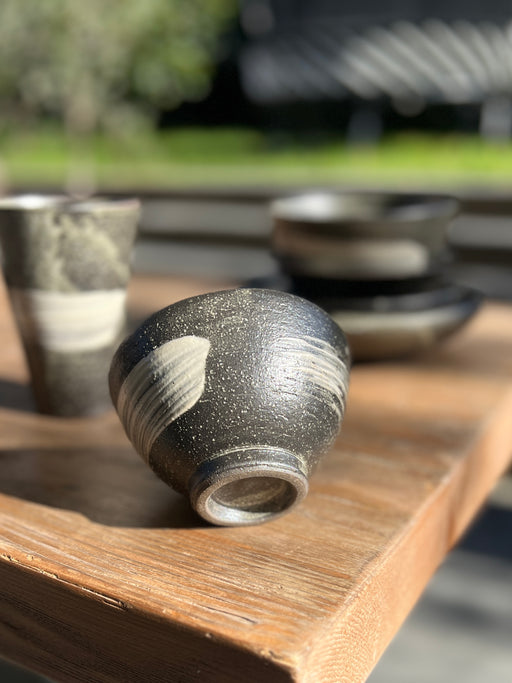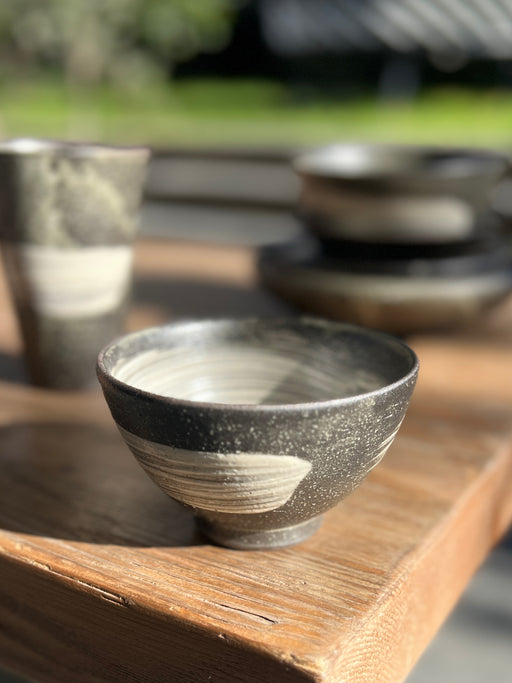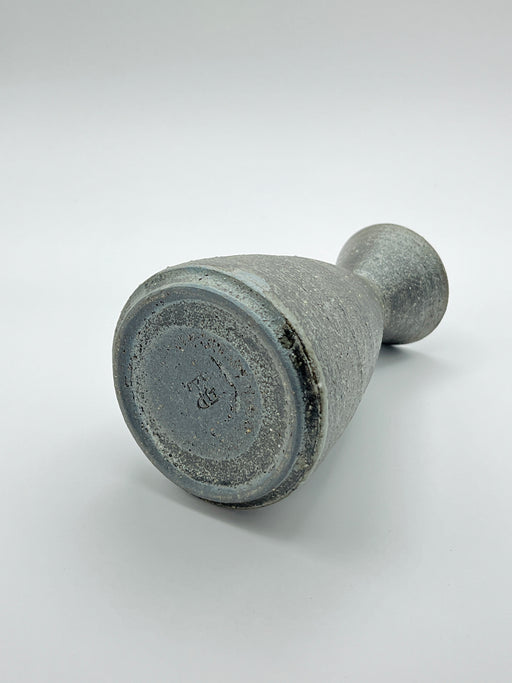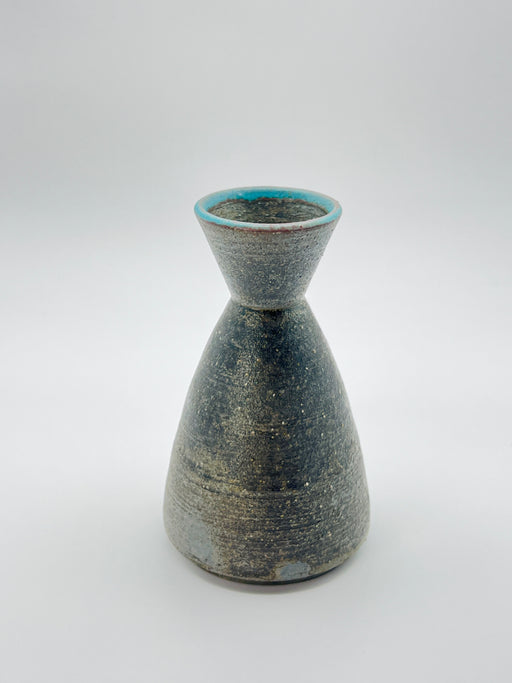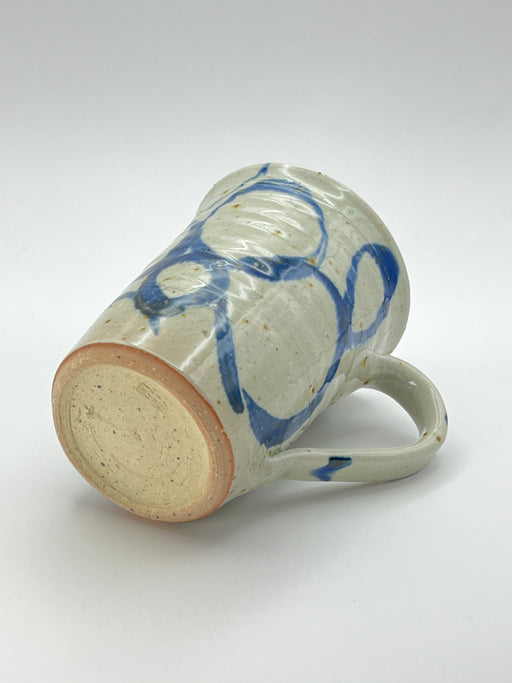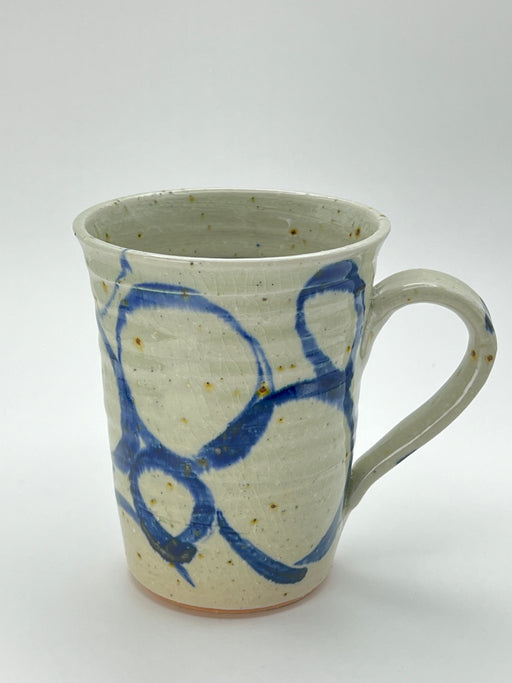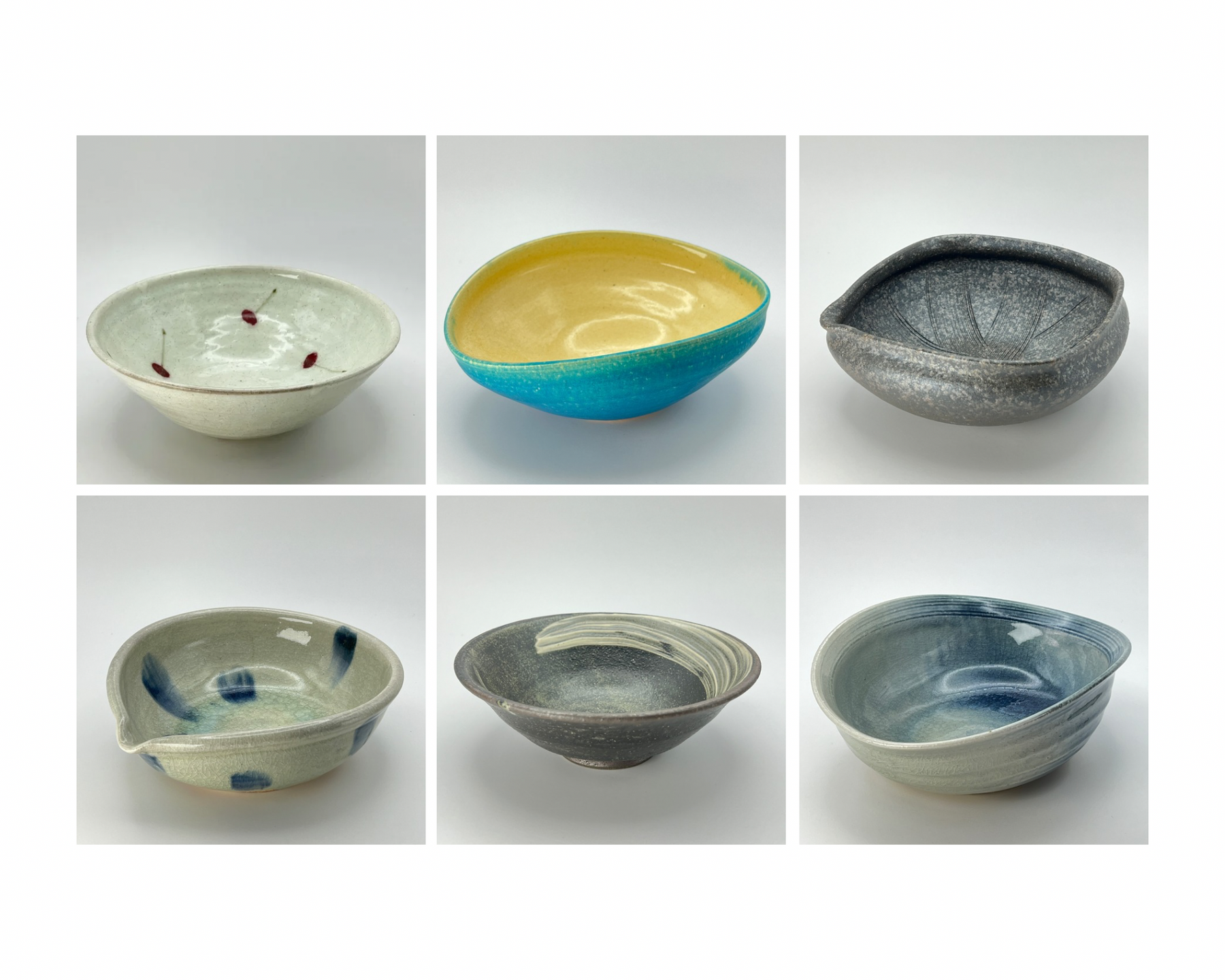
Discover the Timeless Charm of Shigaraki Ware
Prepare to fall in love with Shigaraki ware, an ancient and iconic form of Japanese pottery that's as rich in history as it is in aesthetic appeal. Originating from Gifu Prefecture in central Japan, this craft has been perfected over 1,200 years and is officially recognized as a traditional Japanese craft by the Ministry of Economy, Trade and Industry.
A Glimpse into History
Shigaraki ware's journey began in the 8th century during the Tenpyo Era, but the style we admire today took shape around the 13th century in the Kamakura period. By the 14th century, during the Muromachi period, Shigaraki potters had established a distinct style and began producing everyday items like water jugs, pots, and bowls.
Fast forward to the 16th century Azuchi-Momoyama period, and Shigaraki ware caught the attention of influential figures like Nobunaga Oda and Hideyoshi Toyotomi. These shoguns, avid fans of the Japanese tea ceremony, praised the earthy texture and simplicity of Shigaraki ware, aligning perfectly with the "wabi-cha" style of tea ceremony that emphasized rustic elegance.
Evolution and Innovation
The Edo period in the 17th century saw a significant boost in production thanks to the Noborigama kiln, a series of kilns built on a mountainside that allowed for mass production. This era also brought a demand for more colorful Shigaraki ware, integrating vibrant hues into the pottery we see today.
By the Meiji period in 1868, Shigaraki ware had become integral to daily life. The arrival of railroads popularized Shigaraki tea pots used for serving guests on trains, and the iconic "tanuki" (raccoon dog) figurines, known for bringing good luck, became a common sight at shop fronts.
Modern-Day Significance
In the mid-20th century, the rise of electric and gas heaters led to the decline of Shigaraki hibachi (charcoal braziers). However, Shigaraki ware's legacy was solidified in 1975 when it was designated as a traditional Japanese craft.
What sets Shigaraki ware apart is its unique reaction to the firing process. The coarse clay, rich in minerals like iron, gives the pottery a distinctive pink, red, or reddish-brown hue. Wood ash from the kiln can create a glassy coating, and pieces surrounded by firewood ashes turn a striking burnt brown.
Why You’ll Love Shigaraki Ware
The beauty of Shigaraki ware lies in its blend of art and functionality. The flexible, tough clay allows for a variety of shapes and sizes, making it versatile enough for any space. Whether it's a rustic tea ceremony tool or a chic home decor piece, Shigaraki ware brings a touch of nature and history into the modern home.
To experience the most authentic Shigaraki ware, visit Origin East. We source and supply exquisite Shigaraki ware, ensuring that you bring home a genuine piece of Japan's storied ceramic tradition.
Embrace the timeless charm of Shigaraki ware and add a piece of Japan's history to your collection. It's not just pottery; it's a piece of history that brings a unique, earthy elegance to your everyday life.

